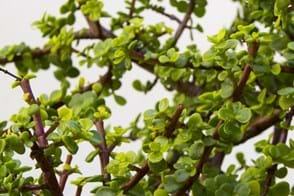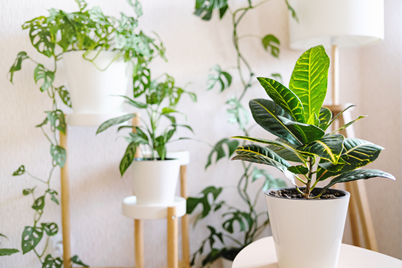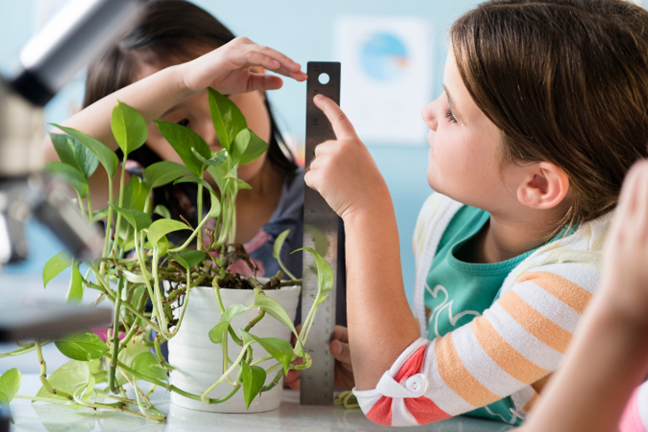
Research conducted by the University of Technology Sydney, found that by including just 3 indoor plants in a classroom could increase maths scores by up to 14% and spelling scores by up to 12%. In this study, one class gave their plants names, which is a really fun idea and gives kids a greater connection to their leafy classmates.
NASA has done research that showed indoor plants can help improve air quality, with plants being able to soak up or filter toxic chemicals in the air that are emitted from plastics, furniture, carpets and cleaning products. The greater the number and diversity of plants, the better the effect.
Another study from the University of Technology demonstrated that indoor plants can reduce stress and negative moods, so there are multiple benefits in having a collection of indoor plants in classrooms. Consider classroom plants an investment in childrens' health and IQ!
There are lots of hardy and low maintenance indoor plants that make ideal classroom green 'helpers' and are perfect for busy teachers. These are plants that will tolerate not being watered over the weekend, air conditioning and don't succumb to too many pests or diseases.
Some of the best classroom plants include:
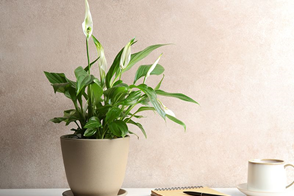
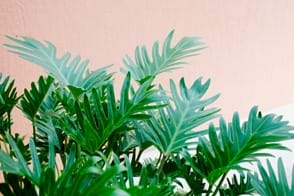
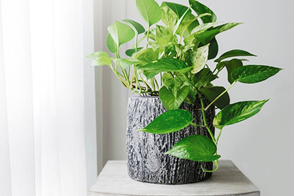
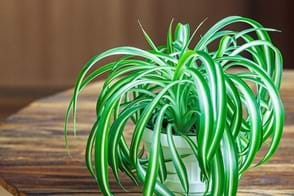
Safety note – although it is unlikely for most children to eat or chew indoor plants, peace lily, philodendron and Devil's Ivy can cause a burning sensation and swelling of the mouth and lips if ingested. So, it is important to keep these plants out of reach of young or inquisitive children.
Indoor plant care tips:
- Self-watering pots are ideal for classrooms. They have a water reservoir in their base, which stores water for plants to draw on over several days. This helps to reduce the number of waterings required, eliminates spills from water-filled pot saucers and helps take out the guess work of how much water to apply – just keep the water reservoir topped up.
- Indoor plants will perform much better if they are fed regularly. A super simple way to economically feed multiple indoor plants is with Yates Thrive Plant Food Spikes for Plants & Ferns. There's no liquids, mixing or measuring, just insert a spike into the potting mix so it's out of sight. It will feed plants for up to 2 months.
- Position plants in a brightly lit spot, but out of direct sunlight (apart from succulents like aloe vera and jade plant, which can tolerate some direct light).
- Don't place indoor plants next to or underneath air conditioning units, heaters or fans, as their leaves can be damaged.
- Remove any brown or dead leaves regularly, which will help keep the plant looking tidy.

